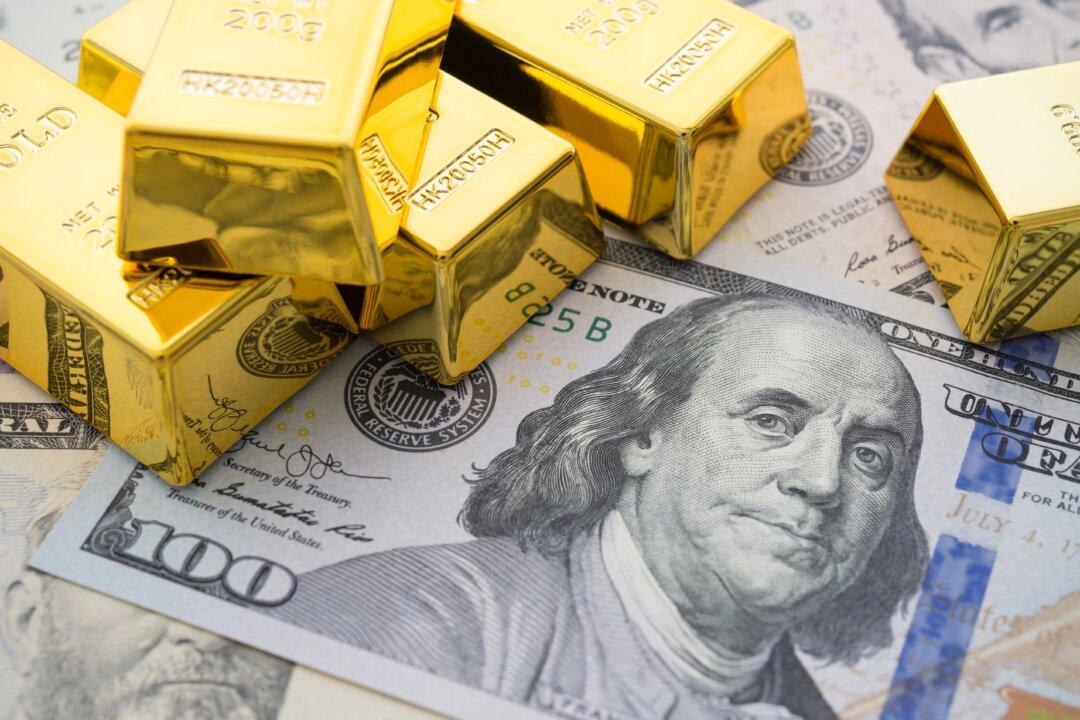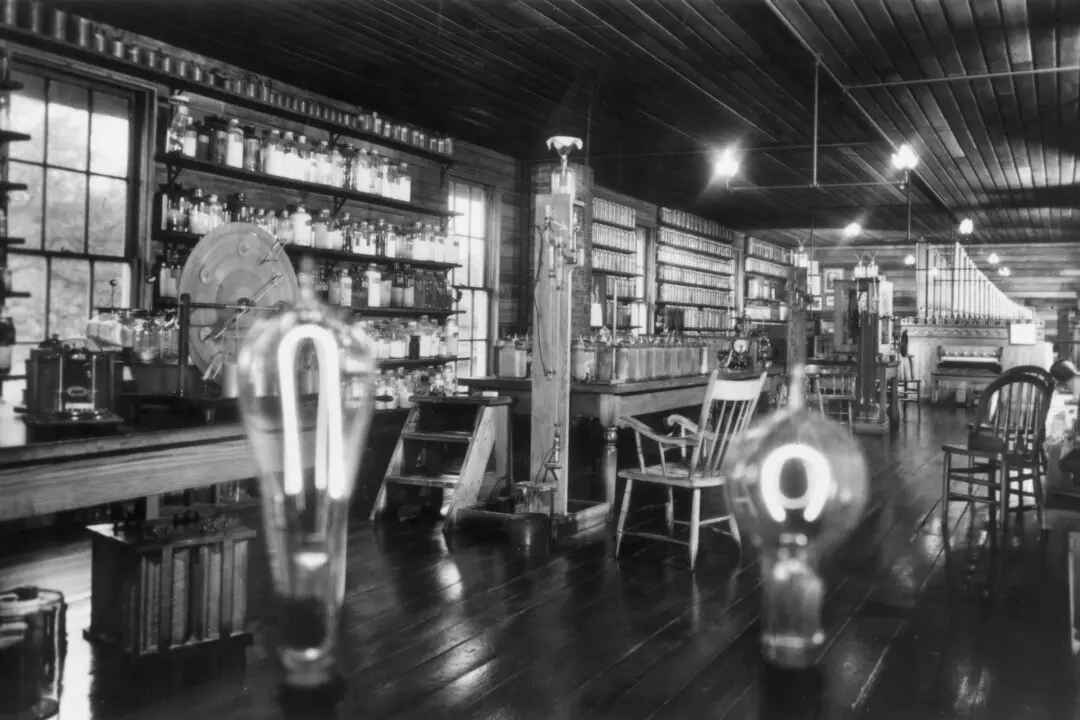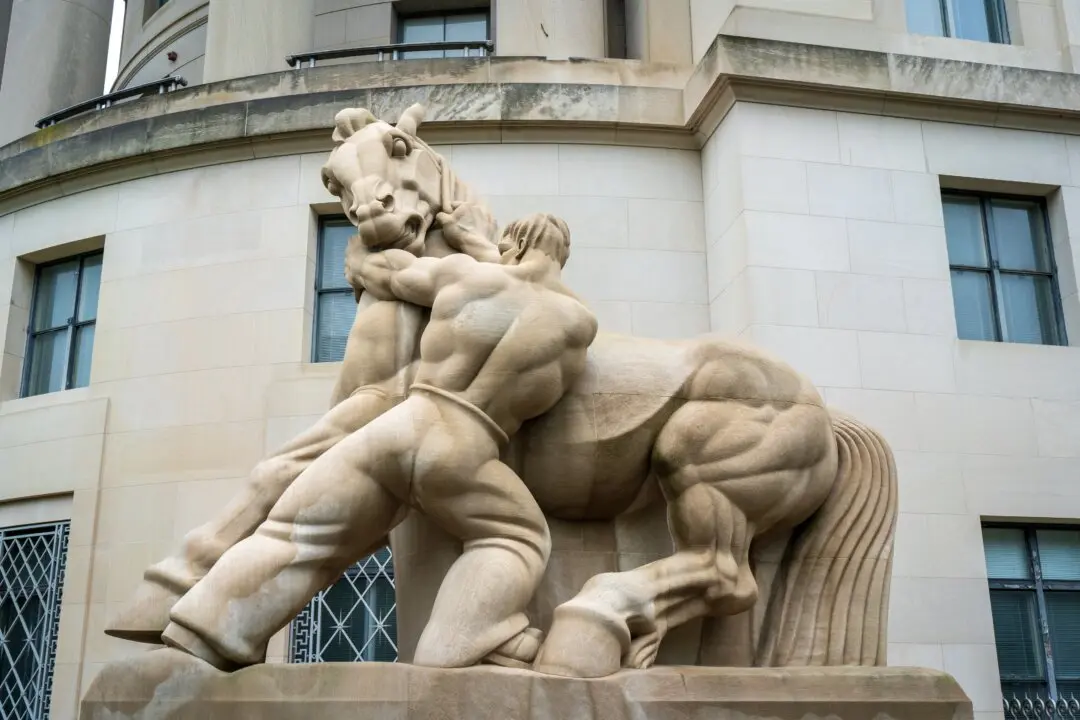Commentary
Both major political parties in the United States seem to have abandoned the idea of free trade. As with free immigration in the United States and the whole world, the theory and policy have hit the rocks, and regimes around the world are looking for other answers. This represents a dramatic turn against 70-plus years of efforts to lower trade barriers and increase globalization.





